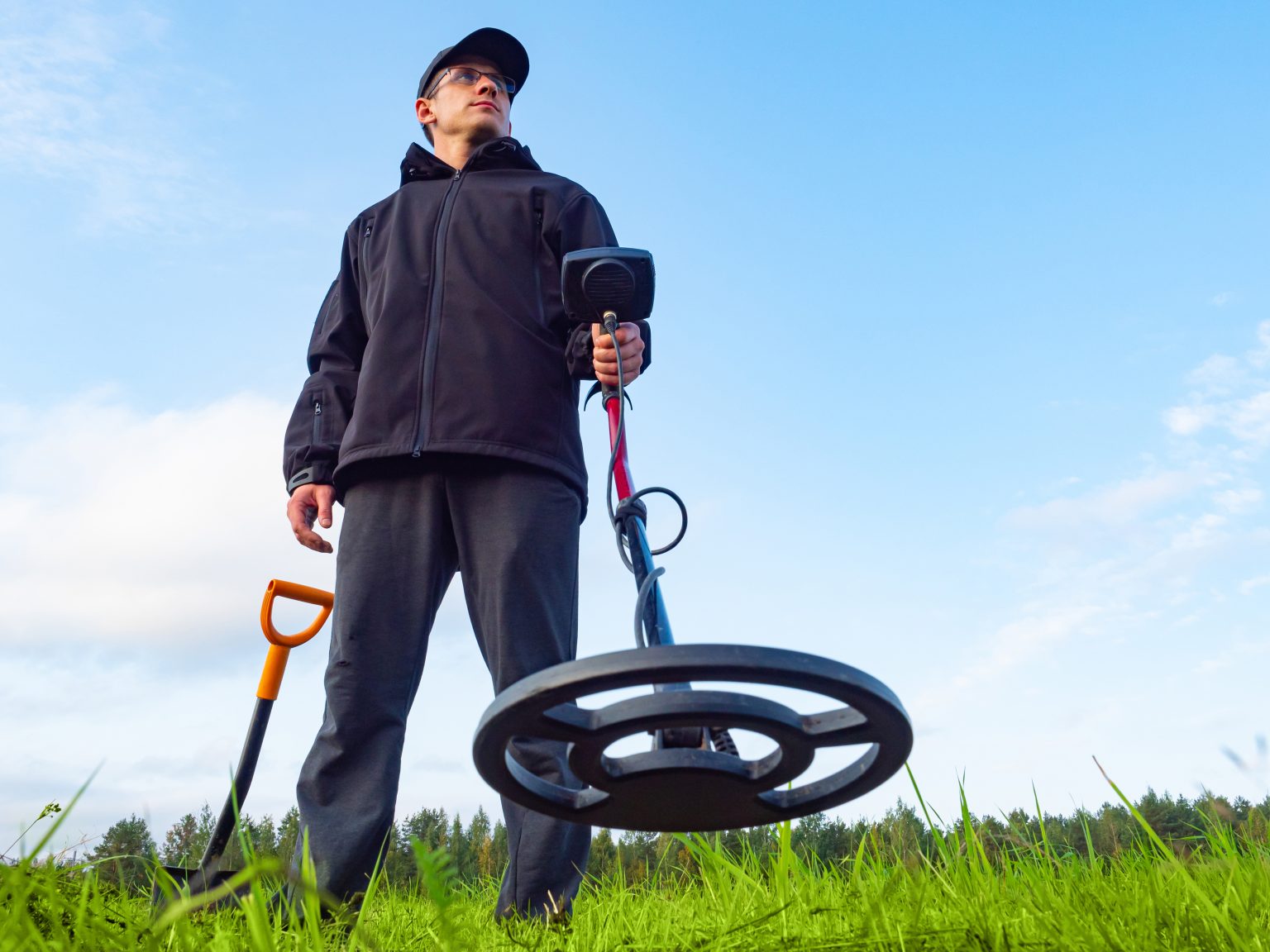Metal detecting is more than just a hobby—it’s a passion for uncovering hidden treasures beneath the surface. While beginners start with the basics, advancing in this field requires mastering techniques that enhance detection accuracy and increase the chances of finding valuable artifacts. Let’s explore advanced metal detecting techniques that will take your treasure hunting to the next level, from understanding detector signals to mastering target recovery and exploring challenging environments.
Understanding Detector Signals
To become proficient in metal detecting, it’s essential to understand the language of detector signals. Modern metal detectors emit different tones or display numerical values to indicate the type of metal detected and its depth. Learning to interpret these signals accurately can help distinguish between valuable targets and common metal debris. Experiment with your detector’s sensitivity and discrimination settings to fine-tune your ability to discern signals in various environments, whether it’s a park littered with bottle caps or a historical site rich in buried relics. To purchase a new metal detector, visit the detectorpower.com online store.
Grid Searching and Pattern Overlapping
Effective search patterns are key to thorough detection coverage. Grid searching involves systematically scanning an area in parallel lines, ensuring no ground is left unchecked. Overlapping these patterns helps to minimize gaps and increase the likelihood of detecting targets that may have been missed initially. Consider marking detected targets with flags or GPS markers to maintain a methodical approach and avoid revisiting areas unnecessarily. This systematic method not only improves efficiency but also maximizes your chances of discovering buried treasures.
Target Recovery Techniques
Once a target is detected, precise recovery techniques become crucial to preserve both the artifact and the surrounding environment. Pinpointers and handheld probes are invaluable tools for accurately locating targets within a small area, minimizing unnecessary digging and soil disturbance. Use a digging tool appropriate for the terrain to carefully extract the target, ensuring minimal damage to any potential artifacts. Remember to refill any holes and leave the area as undisturbed as possible to respect both the environment and future detectorists.
Research and Reconnaissance
Successful metal detecting often begins with thorough research and reconnaissance. Historical maps, old photographs, and local records can provide valuable clues about potential detecting sites. Look for areas with a history of human activity, such as old homesteads, parks with historical significance, or even forgotten paths and trails. Visiting the site beforehand allows you to assess ground conditions, potential obstacles, and any specific permissions or regulations that may apply. The more you know about your detecting location, the better prepared you’ll be to uncover its hidden treasures.
Advanced Digging and Target Identification
As you advance in metal detecting, honing your skills in target identification and excavation becomes increasingly important. Assessing the size, depth, and composition of a target before digging can save time and effort. Tools like handheld pinpointer probes can help pinpoint the exact location of a target within a small area, reducing the risk of damaging valuable finds during excavation. Practice gentle digging techniques, especially when handling fragile or historical artifacts, to ensure they’re retrieved intact and preserved for further study.
Detecting in Challenging Environments
Challenging terrains offer unique opportunities for dedicated detectorists. Rocky areas, heavily wooded zones, or even underwater environments present challenges that can be overcome with the right techniques and equipment adjustments. Adjust your detector’s settings to compensate for mineralization in rocky soils or use smaller coils to navigate between trees and brush in dense forests. Each environment requires a tailored approach, but the rewards can include discovering artifacts overlooked by others due to the difficulty of the terrain.
Spotting a Trustworthy Metal Detector Company
Metal detectors are expensive pieces of equipment. While they’re a lot of fun to use and can lead you to the treasure you desire, you have to ensure you’re investing in the real deal. Unfortunately, scams on the internet do exist, and the last thing you want is to pay out thousands just to realize you’ve fallen for one.
The key is to know how to spot a trustworthy metal detector company. You need to look out for the signs before you start shopping for your equipment. Here’s what you want to see before ordering.
Gives You Choice
An experienced metal detector company recognizes that every person has different requirements. Some are looking for hobbyist equipment while others want professional, advanced detectors. So, they ensure that they give customers plenty of choice. Then, you’re going to have a range of metal detectors with different features and at various price points. So, take a look at their collection and make sure it’s not limiting.
Easy to Contact
Most companies want to help you make a purchase. In particular, they understand that having a huge choice of metal detectors can be difficult. This is especially true if you’re a beginner and have never owned one before. So, they ensure that their team are easy to contact. They want to help you and answer your questions. You’ll find a live chat function on their website, as well as a telephone number and email address. If you find that the company is very hard to contact, this could be a red flag, and they only want you to buy.
Active on Social Media
Another good way to spot a reliable metal detector company is through social media. Reputable businesses now use these platforms to interact with their customers. This means responding to questions, addressing problems and providing content. So, you want to see a company that’s active on social media and has a large following.
Conclusion
Mastering advanced metal detecting techniques requires patience, practice, and a passion for exploration. By understanding detector signals, perfecting grid searching methods, and refining target recovery techniques, you can significantly increase your chances of uncovering valuable treasures and historical artifacts. Remember to always detect responsibly, respect local regulations, and preserve the environment for future detectorists.



